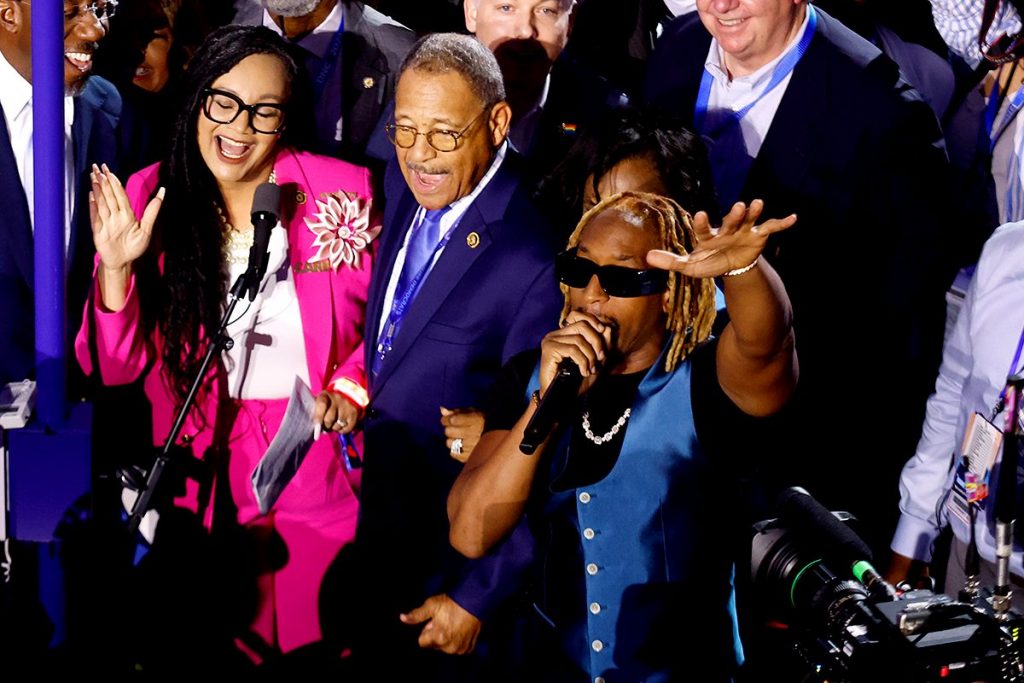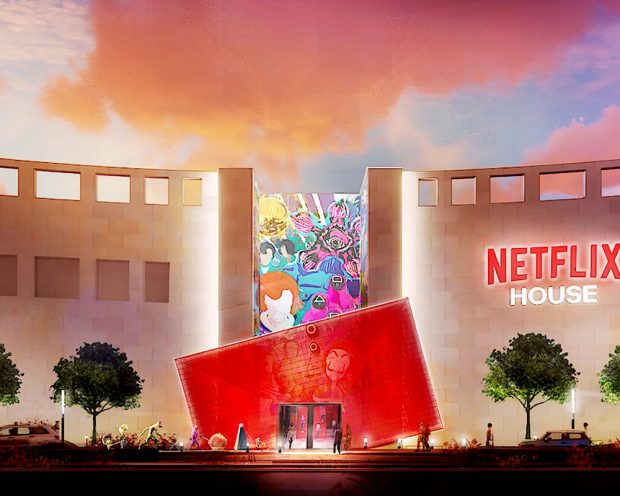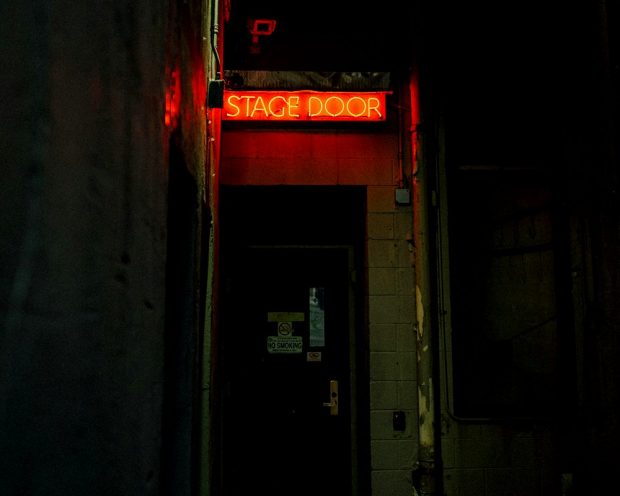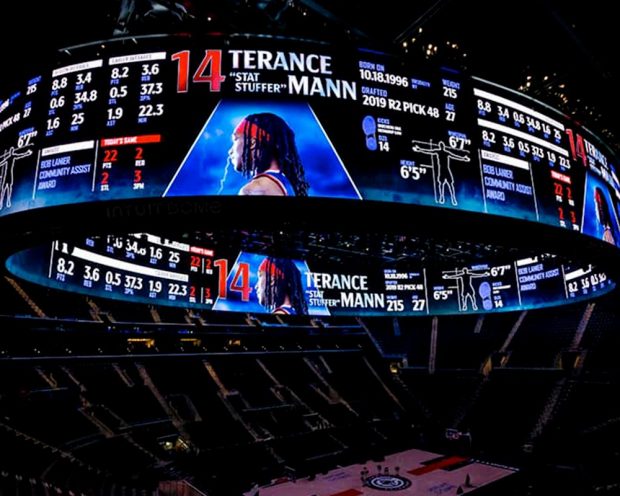The Hybrid Dilemma: When Live Experiences Are Tailored for TV

In today’s digital-first world, live streaming has completely changed how we experience huge cultural events. It’s okay if you can’t fork over $500-$11,000 for Coachella tickets or fly to Paris for the Olympics during peak summer airline pricing because now, everyone with an internet connection can participate. Although awards ceremonies like the Oscars and Grammys are the OG hybrid events, this summer’s spate of experiences had us asking a few questions — which should come first, the live audience or the live stream? And what happens when live events are made more for TV or streaming audiences than for the people actually there? Event producers face a tricky task when creating experiences that work for IRL and remote audiences. While live streaming makes events more accessible, it can often diminish the special, in-the-moment feeling that makes being there in person so magical. The challenge is finding a way to make both groups feel connected and engaged. As we’ve seen with recent, massive cultural moments like Coachella, the Paris Olympics Opening Ceremony, and the Democratic National Convention, balancing the needs of both audiences requires careful planning and creativity. Coachella 2024 acts played to the cameras Since 2011, Coachella has been ahead...


